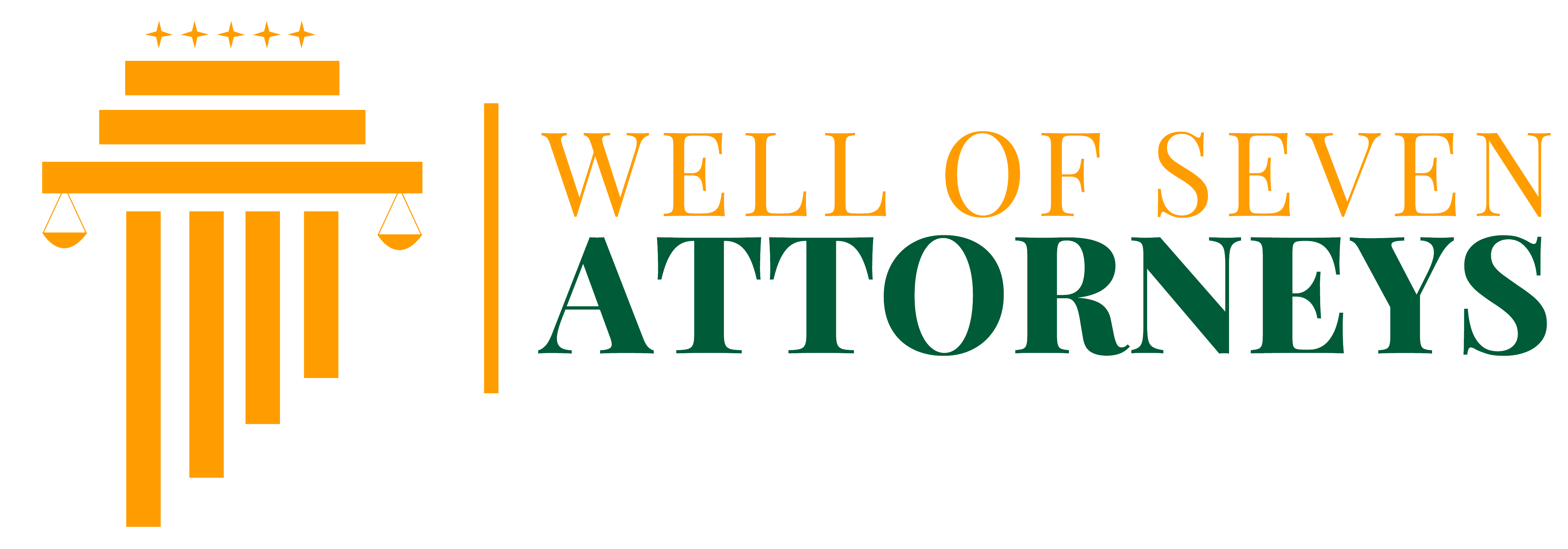
The Pension Reform Act 2014, which repealed the Pension Reform Act No. 2 of 2004 (repealed Act), was signed into law on the 1st day of July, 2014. The Pension Reform Act governs and regulates the administration of the contributory pension scheme for both the public and private sectors in Nigeria.
The crux of the Act is to encourage participation in the Contributory Pension Scheme. The scheme applies to two categories of employees, which are all employees in the public sector and employees of private organizations in which there are 15 or more employees.
The Act also provides that for private organizations with less than 3 employees, participation in the scheme would be governed by guidelines issued by the National Pension Commission (PenCom).
CONTRIBUTIONS TO THE Schedule AND PROTECTION OF PENSION FUNDS
The employer is required to make a minimum of 10% and the employee to make 8%, respectively, of the employee’s monthly emoluments. The definition of’monthly emoluments’ includes the total payments stated in the employee’s contract of employment, provided they are not less than the total of the employee’s basic salary, housing, and transport allowance.
This definition is vague and could be interpreted in several ways. Pending clarification from PenCom, one of the credible interpretations that could be considered by companies is that all items that are paid on a monthly basis (in addition to basic, housing, and transport) would form part of the base on which the pension rates are calculated.
The Act also provides that an employer can take full responsibility for the contribution. In that case, the contribution shall not be less than 20% of the employee’s monthly emolument. In addition, a group life insurance policy must be maintained in favor of the employee for a minimum of three of the employee’s annual total emoluments.
The Act also makes provision for investment of the pension funds into specialist investment funds and other financial instruments the Pension Commission may approve.
A pension protection fund is created under the Act to include an annual subvention of 1% of the total monthly wage bill payable to employees in the public sector, an annual pension protection levy (the percentage of which is to be determined by PenCom), and income from investments in the Pension Protection Fund.
The objective of the fund is to serve as a hedge or guarantee for the benefit of contributors. Money from the fund is paid to the contributors in the form of a minimum guaranteed pension as compensation for shortfalls in investment of pension funds and any other use PenCom may determine from time to time.
It is important to state at this point that any interests, profits, dividends, investments, and other income accruable to pension funds or assets are not taxable.
While non-participation in pension schemes has not been criminalized by any law, it is desirable for employers to consider registering their employees and themselves under the scheme. Pensions play a huge role in retirement plans for most people.
